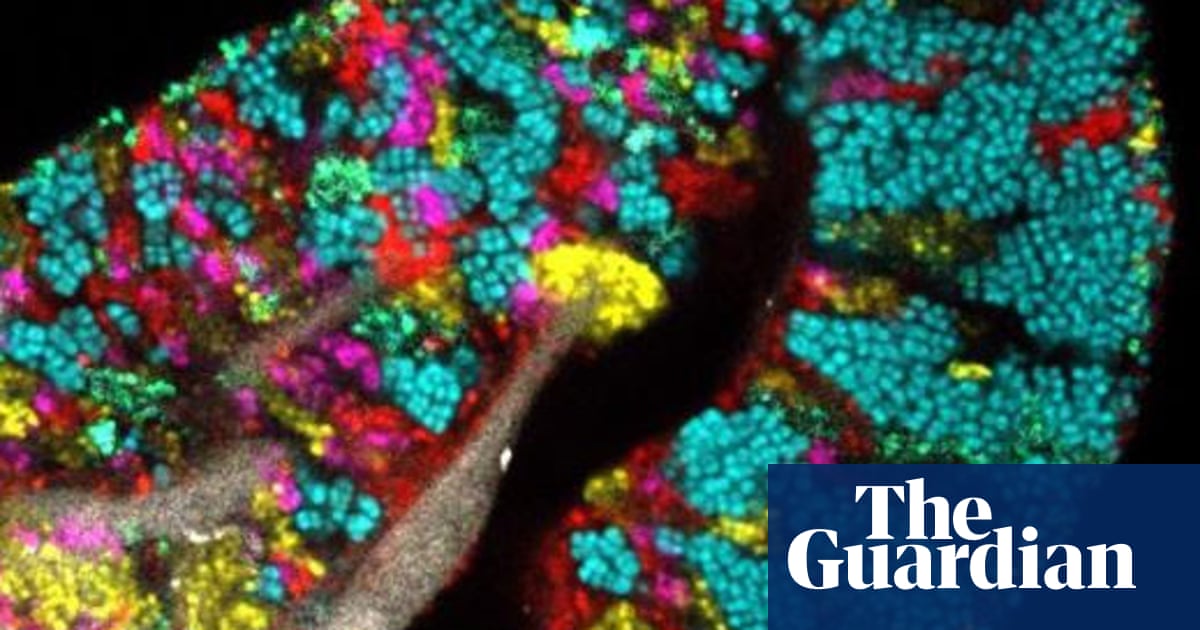
A new study has shown how little is known about microbes – the hidden majority of life on Earth.
Life on the planet is based on an enormous amount of bacteria, fungi and other tiny organisms. They generate oxygen, keep the soil healthy and regulate the climate. Microbes play a crucial role in the production of foods such as cheese, beer, yogurt and bread.
But despite their importance to human life and the health of the Earth, new scientific work has shown our “deep ignorance” of microbial biodiversity and how it is changing.
“We have no idea whether global microbial diversity is increasing, decreasing or remaining the same,” said David Thaler, a biologist at the University of Basel and author of the paper. “Most scientific papers tell us new facts. This is another type of paper; he doesn’t answer anything, but asks a new question. ”
Many plant and animal populations are declining rapidly, with about 1 million species at risk of extinction, according to a UN report in 2019. Plants and animals are counted in time to monitor how their populations are changing.
Microbes are often found in extreme environments – surviving on the ocean floor, deep frozen in glaciers and even inside a toxic volcanic lake – which makes them difficult to study. Although poorly understood, bacteria and other small organisms are spread in the deep biosphere beneath the Earth’s surface.
Prof. Frederick Cohan, a microbial ecologist at Wesleyan University in Connecticut, who reviewed the study before publication, said that although extinctions of animals and microbes can go hand in hand, new bacterial species can form at such high rates that they could grows, regardless of plant and animal extinctions.
“When a mammal species disappears, we should expect all the microbes that depend mainly or exclusively on that species to disappear,” he said.
“On the other hand, microbial ecologists like me, who study the diversity of extremely closely related bacteria, find that there are always new bacterial species forming. There are always new ways in which bacteria can divide the existing resource to allow new species. ”

The paper considers how to study changes in global microbial biodiversity, including by monitoring small sequence changes similar to those used to track Covid-19 variants and analyzing the molecular mechanism of gene transfer. The researchers hope the study will inspire others to investigate.
“Socrates called” deep ignorance “what we do not know. This type of ignorance has also been called “unknown unknown” by former US Secretary of Defense Donald Rumsfeld. This work identifies what is or has been, from now on, an unknown biological unknown, “said Thaler.
Jesse Ausubel, director of Rockefeller University The program for the human environment, a sponsor of the study, said: “Linnaeus started his own system in 1735, almost 300 years ago, and we do not yet have a complete list of the species of plants and animals which he began to catalog. It will not be easy to do something similar to probably 1,000 times as many microbes and measure the changes. ”
Microbes in the human body have been linked to conditions from obesity and type 2 diabetes to food intolerances and anxiety. But the consequences of humanity’s ignorance of the planet on how microbial life is changing are also unclear, the study said.
About 90% of the total weight of ocean organisms is microbial, according to the 2010 Census of Marine Life. Microbes are critical in capturing carbon, breaking down organic matter and forming the basis of the food web.

Viruses like Covid-19 and other microbes such as Yersinia pestis Bacteria responsible for bubonic plague, can cause disease and is increasingly linked to the destruction of the natural world. Understanding the changes in the abundance and diversity of microbes is important for understanding the health of the planet.
“There is no agency yet to monitor the state of the microbial world and there is no WWF or Nature Conservancy for microbes. Maybe one day we will realize and remedy our neglect and raise our respect for the diversity of microbial life, “said Ausubel.
Find more coverage of extinction age here and follow biodiversity reporters Phoebe Weston and Patrick Greenfield on Twitter for all the latest news and features